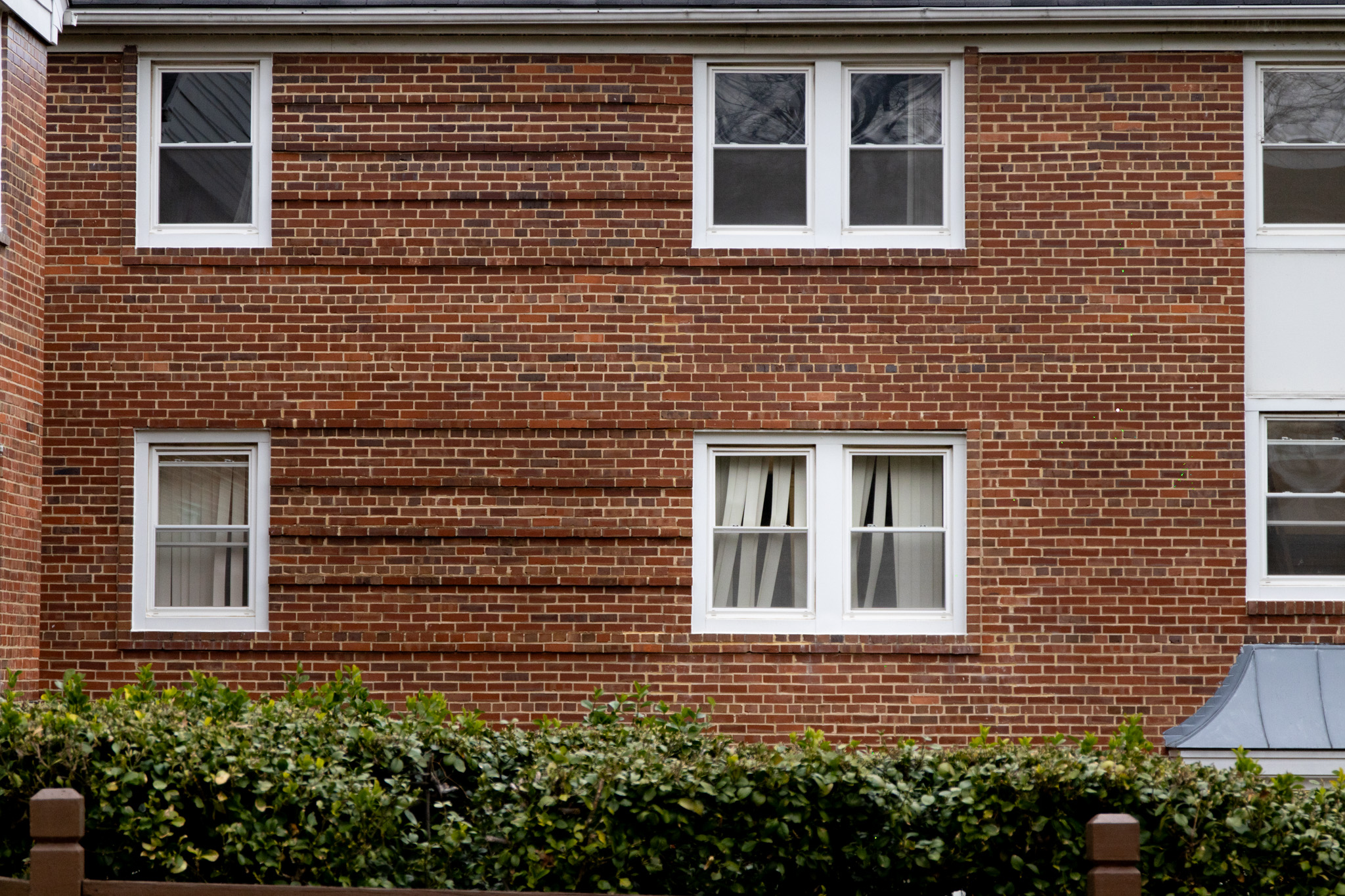Views expressed in opinion columns are the author’s own.
Last fall, a University of Maryland student posted a TikTok showing an array of mattresses sprawled across a dorm floor. The student lamented that they pay roughly $30,000 to attend this university, yet in times of strife, they are placed in less than bare-bones arrangements.
The Department of Resident Life had set up these mattresses in response to the heatwaves in fall 2023, where temperatures reached about 100 degrees. Students living in dorms such as Ellicott Hall do not have air conditioning in dorm rooms to alleviate the struggles of students trying to brave the worst of the season’s heat.
But if the university were to invest in storm windows, it could save students from the heat’s full effects and provide a more private living space — all while making dorms more environmentally conscious
In the early weeks of each fall semester, students who live in dorms without air conditioning rely on an army of fans to cool their rooms. Others will crack open a traditional window to create a less stuffy atmosphere indoors.
By keeping the traditional window open, another challenge begins to rear its ugly head — the sounds of the outside world. Don’t get me wrong, I’m all for birds chirping and the wind rustling through the leaves, but in College Park, those typically won’t be the first noises you hear when letting in some fresh air. Instead, it might be the rowdiness of SECU Stadium, or cars and buses hissing as they make their way across campus. And that’s before your ears are pricked by the sounds of your neighbors getting into an argument.
At this university, windows tend to be aluminum-clad wood. This type of window can cost between $348 and more than $1,000 before factoring in installation costs. But there is another type of window that is better suited for the predicaments of the residents of dorms without air conditioning — storm windows.
Storm windows are a combination of two window frames. This insulates the window frame, sealing the room from the outside world. They also cool the room and double as a noise-cancellation tool.
These windows can reflect radiant heat by 35 percent better compared to the traditional windows currently in our dorms. When temperatures peak in the 90s, that can be the make or break for residents’ wellbeing.
It is worth noting that storm windows are not a catch-all for the painful heat. Of course, the answer to that question is air conditioning units. Retrofitting older dorms for air conditioning may be seen as costly in the university’s eyes though, as window units cost a minimum of around $150 before accounting for operating costs. On top of that, unfortunately, tacking on window units is prohibited in residence halls on this campus.
But let’s say they do allow students to put in window units. If air conditioning units are so expensive, how can they be used more cost-effectively? If used in concurrence with storm windows, they could be operated for far less than just on their own. It’s been found that heating and cooling costs go down by roughly 10 percent annually in buildings that have storm windows. A traditional double dorm room with air conditioning costs $311 more than dorms that do not. In theory, students could save 10 percent on housing costs.
That’s also a silent victory for our university’s environmental impact, as storm windows would use less energy to regulate buildings’ internal temperatures.
Then, there’s the sound issue. Storm windows are miracle workers in this regard. Some models claim to reduce noise by 10% to 35%. With storm windows in place, locking in for that big exam will be smoother for students.
Storm windows also tend to be cheaper to replace than traditional windows. They cost $172 to $320 to replace, while traditional windows cost $450 to $1,400.
Ellicott Hall and buildings like it won’t experience cooler falls anytime soon. But if windows are modified, they can remain habitable for students in years to come. If not, the emotional, physical and financial costs of maintaining these buildings will only continue to soar.
Sam Krakower is a sophomore secondary education and history major. He can be reached at skrakowe@terpmail.umd.edu



